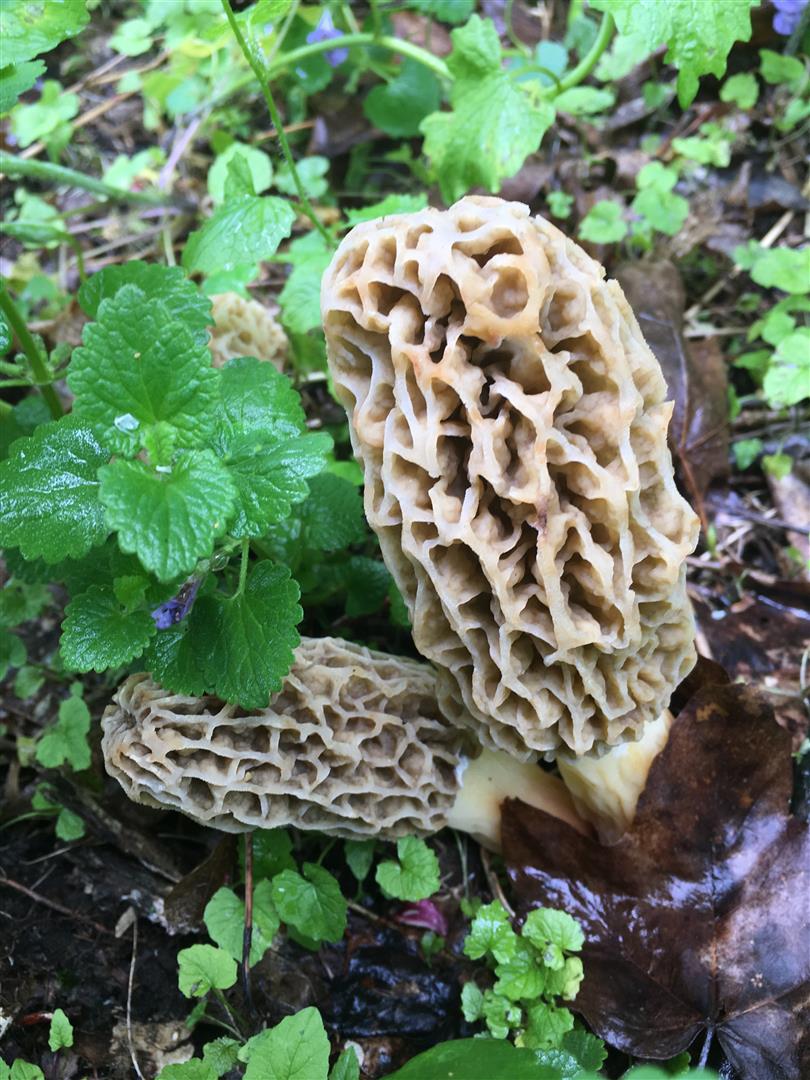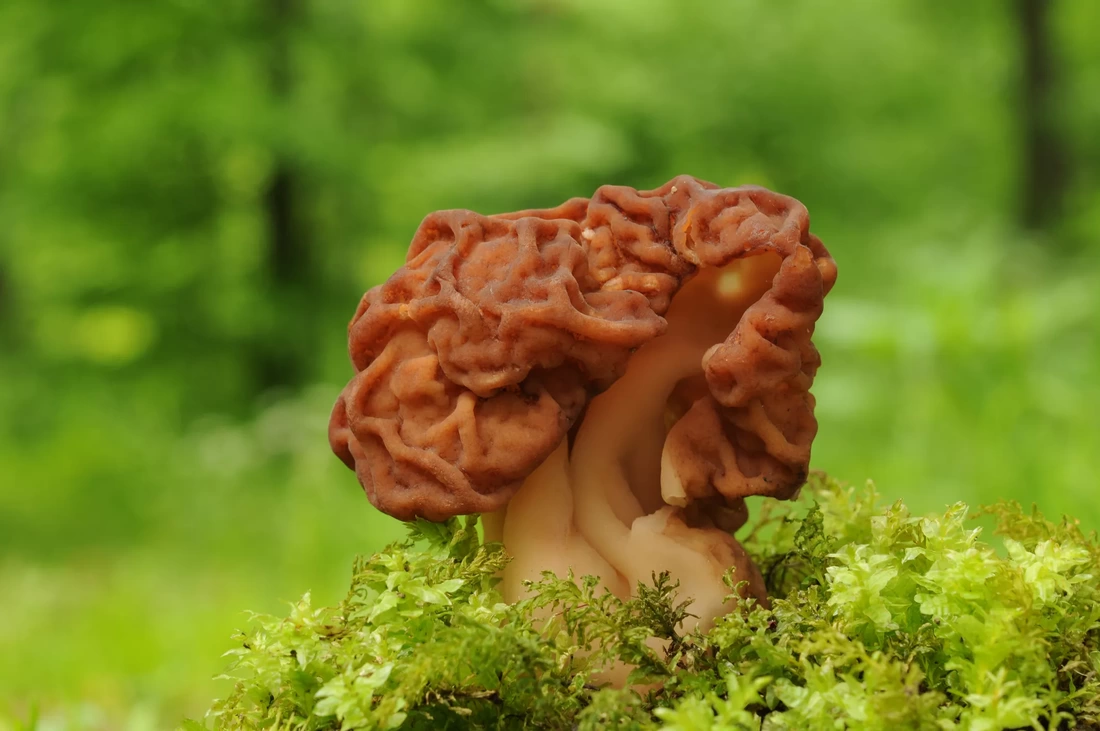During these long spring weeks, lots of us have been waiting for those longer days and warmer temperatures to arrive. A spring hike through the woods of the New England woods that holds the potential for the ultimate treasure. Not like last weekend when the woods we were in had at least 5 inches of snow.
But very soon, if you’re a forager, this is what we have been waiting for. The opportunity to get out into the woods and harvest some of the best diggin delicacies there are, Morel mushrooms.
These are not your average mushroom. Morels are one of the most sought-after varieties of wild mushrooms.
Why are morels so beloved? The Morels have a meaty, yet tender texture, an earthy, nutty flavor that mushroom enthusiasts can’t get enough of. Morels have a very short growing season and are generally available in New England from late April through the first week or so of June.
To narrow down the specific time period for hunting Morels, there are a few specific environmental conditions that you must wait for. They are soil temperature, air temperature, and the humidity.
During the initial warm days and morning of spring.
After the nights start to warm up. No colder than 45 degrees.
After the first rain. All mushrooms need moisture, and the rain gives it to them.
Look in areas that are mostly exposed to a southern sun. Search around areas with moist soils with low acidity, shady areas with hardwoods, poplar trees or old abandon apple orchards or scrub apples. If you find one, you need to stop and look around. You’re likely to find more within 20 feet of where your standing.
There are a great variety of edible wild mushrooms out there, and several are fairly "safe", i.e. easy to identify, and do not have poisonous look-alikes. That being said- don't trust me- and if you are ever in doubt about what mushroom you have- throw it out.
Morel mushrooms have a distinctive appearance, but false morel mushrooms (which encompass multiple species, including Gyromitra) can fool the untrained eye. True morel mushrooms have a uniformly shaped cap that is attached to the stem, and a hollow interior. False morel mushrooms have a wavy or irregular cap that may hang free from the stem, and web-like or cottony fibers inside. Never eat a mushroom unless you are confident in its identification.
Morel Mushrooms:
Tips for Finding and Cooking Morel Mushrooms | Field & Stream (fieldandstream.com)
How to Find Black Morel Mushrooms | MeatEater Cook (themeateater.com)
The 7 Safest Mushrooms to Forage and Eat | Field & Stream (fieldandstream.com)
10 Reasons You’re Not Finding Morel Mushrooms (fieldandstream.com)
My official disclaimer!
As I expand on my small but constantly learning knowledge about New England mushrooms, my goal is to find ones that I can eat!
When your picking mushrooms, It is possible to not identify the correct species and cause yourself serious harm if not death from eating certain types of poisonous mushrooms.
I will attempt to provide the most accurate information I can about picking them here, but you must be very careful about eating any wild mushrooms that you may encounter. Be sure to consult multiple sources to make sure of what you are eating, and ideally have an expert ID any mushroom for you before you eat them for the first time.


 RSS Feed
RSS Feed